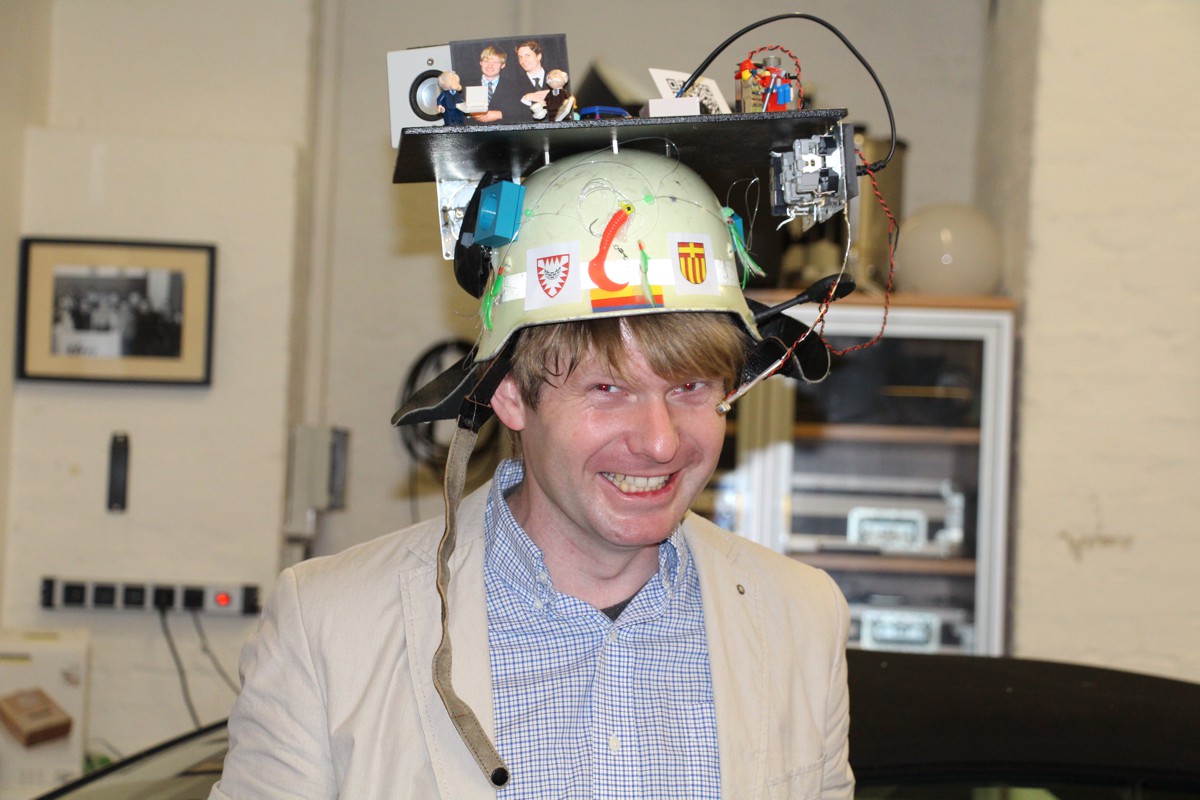No. 15 - Michael Brodersen
Michael Brodersen: Signalverarbeitung für Kommunikationssysteme von Atemschutzvollmasken
Pdf-based submission (available freely via the MACAU system), 2021
Commission
- Prof. Dr.-Ing. Gerhard Schmidt
(first reviewer) - Prof. Dr.-Ing. Peter Jax
(second reviewer) - Prof. Dr.-Ing. Michael Höft
(examiner) - Prof. Dr.-Ing. Ludger Klinkenbusch
(head of the examination board)
Abstract
Full-face masks are essential for fire fighters to ensure respiratory protection in smoke diving incidents. While such masks are absolutely necessary for protection purposes on the one hand, they impair the voice communication of fire fighters drastically on the other hand. For this reason mask integrated communication systems can be used to amplify the speech, therefore, to improve the communication intelligibility and quality. The communication system picks up the speech signal by a microphone in the mask, enhances it by a digital signalprocesser, and plays back the amplified signal by loudspeakers located on the outside of such masks, transmits the signal via a local wireless network to other communication systems and routes the signal to an attached tactical radio. The enhancement via microphone and loudspeakers is only possible to a limited extend, due to the disturbing breathing and ambient noise, and the resulting coupling feedback of the loudspeaker to the microphone.
To increase the speech intelligibility and solve the problems shown before, this work examines different algorithms to improve communication for masks based on digital signal processing. Since breathing noise is picked up by the microphone, it is detected and suppressed by a voice activity detection. This algorithm ensures that only speech components are played back. In addition the ambient noise is estimated and suppressed. Due to the fact that the microphone is located close to the loudspeaker, feedback is occurring and this is reduced by feedback cancelation. To enhance the functionality of the canceler a decorrelation stage is applied to the signal. After the microphone enhancement the signals are mixed to the dedicated output signals. The post processing is possible for each output signal and includes an exciter, an equalizer, a dynamic range control, and a hard limiter. The exciter regenerates lost signal components due to the attenuation through non-linear characteristics. Equalization filters are applied to improve the stability of the system on the one hand and to enhance the perceived quality of the output signals on the other hand.
All described processing steps are implemented on a 16-bit fixed point digital signal processor and optimized for efficiency. Finally possible evaluation scenarios for masks communication system are presented.

 Visit of the Hans Böckler Foundation
Visit of the Hans Böckler Foundation